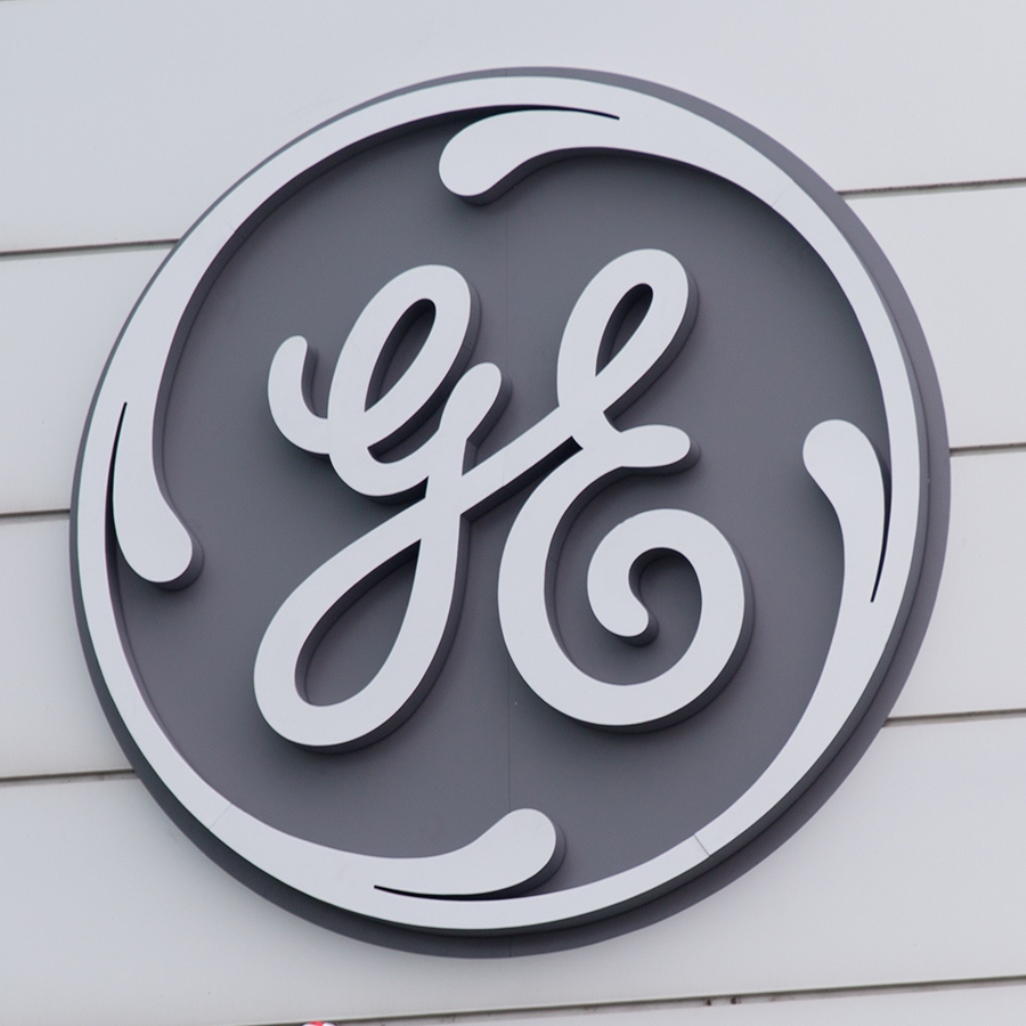Investing
How GE May Outspend and Outshine Apple on Major Stock Buybacks in 2016

Published:
Last Updated:

Investors love dividends and buybacks as the top two methods of returning capital to shareholders. Dividends can make up more than half of total returns through time, but buybacks can act directly to create support for the stock while giving the existing shareholders larger and larger stakes in the company.
24/7 Wall St. recently showed the 18 companies that would dominate the buyback scene in 2016. Apple Inc. (NASDAQ: AAPL) could be the most dominant at $20 billion in buyback money being spent in an effort to finish its $200 billion capital return plan over the next year. While General Electric Co. (NYSE: GE) is already committed to a massive buyback to shrink its float, the reality is that GE could also hit $20 billion in buybacks in 2016 alone. Under some circumstances, GE may even dwarf that massive number.
In late 2015, GE indicated its Synchrony Financial share exchange would reduce the outstanding float of GE common stock by about 6.6%. This acted like roughly $20.4 billion in GE stock buybacks. If you use a straight line to the GE plans, it looks like Jeff Immelt could spend another $20 billion or more, just in 2016 alone. GE said at that time of the Synchrony conversion and again at the time of its dividend announcement in December:
With the completion of this exchange offer and progress to-date on the GE Capital Exit Plan, GE is on track to return more than $90 billion to investors from 2015 to 2018 with more than 90% of earnings coming from high-return industrial businesses. GE remains on track in its plan to return more than $90 billion to investors in dividends, buyback and the Synchrony exchange through 2018.
On top of the Synchrony deal, GE just recently has received regulatory clearance finally to sell its appliances unit. It received the breakup money from Electrolux and will be getting an even larger price than the Electrolux deal that was blocked by regulators. This is new capital, some $5.4 billion, that could be added on top of GE’s buybacks.
Another issue to consider is that GE shares at the $27.75 low in February were down more than 10% from the last day of 2015 alone. The stock was last seen back above $30.00, with some analysts now eyeing the $35 to $38 range again.
As far as Apple’s role in 2016 buybacks at $20 billion or so, keep in mind that Apple could always choose to increase its capital return plan further. That would likely trump GE’s buybacks in 2016, if you consider the accelerated share repurchases in 2016. That being said, Apple is now under fire from the FBI over unlocking the iPhone, and fresh news is out that hackers have targeted Apple Mac users with so-called ransomware that could hurt the company’s image.
Apple has already spent roughly $3 billion in its first quarter of fiscal 2016, at an average stock price of $115.45 per share. Apple’s November 2015 accelerated share repurchase period was set to end at or before April 2016, and Apple’s share count dropped on a diluted basis to 5.594 billion as of December 26, 2015, from 5.881 billion a year earlier. Apple also recently conducted a $10 billion or so debt offering.
Apple shares recently have come back above the $100 mark, even after being down 0.9% at $102.10 on last look. Apple remains a favorite of analysts, but the consensus price target keeps drifting lower and was last seen under $136. Its 52-week trading range is $92.00 to $134.54.
GE shares were trading down 0.5% at $30.32, with a consensus analyst target of $32.54 and a 52-week range of $19.37 to $31.49.
If you want to learn more about how stock buybacks work in action when they are substantial, just look to see why Warren Buffett loves these buybacks so much. He pretty much says it all.
A financial advisor can help you understand the advantages and disadvantages of investment properties. Finding a qualified financial advisor doesn’t have to be hard. SmartAsset’s free tool matches you with up to three financial advisors who serve your area, and you can interview your advisor matches at no cost to decide which one is right for you. If you’re ready to find an advisor who can help you achieve your financial goals, get started now.
Investing in real estate can diversify your portfolio. But expanding your horizons may add additional costs. If you’re an investor looking to minimize expenses, consider checking out online brokerages. They often offer low investment fees, helping you maximize your profit.
Thank you for reading! Have some feedback for us?
Contact the 24/7 Wall St. editorial team.